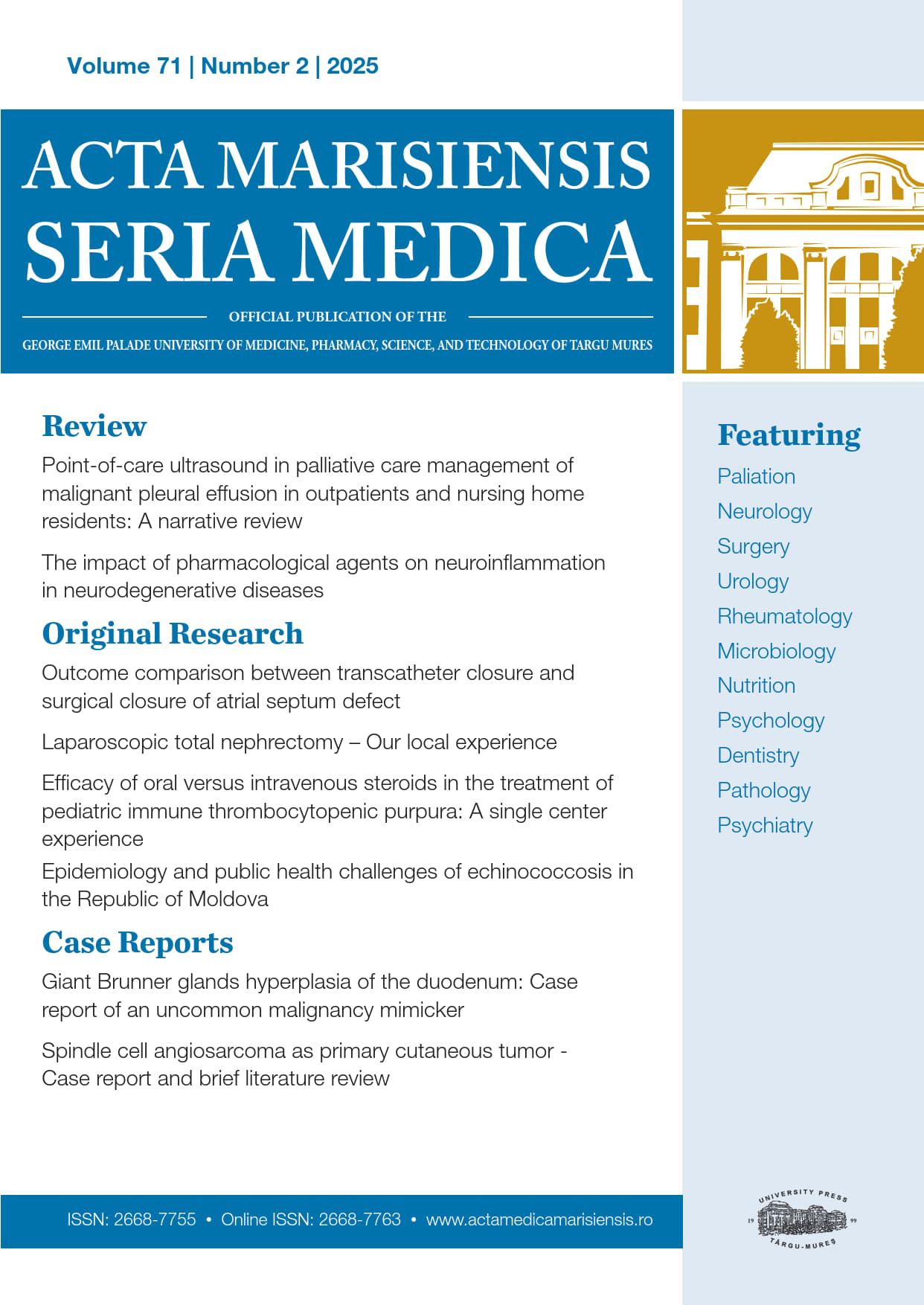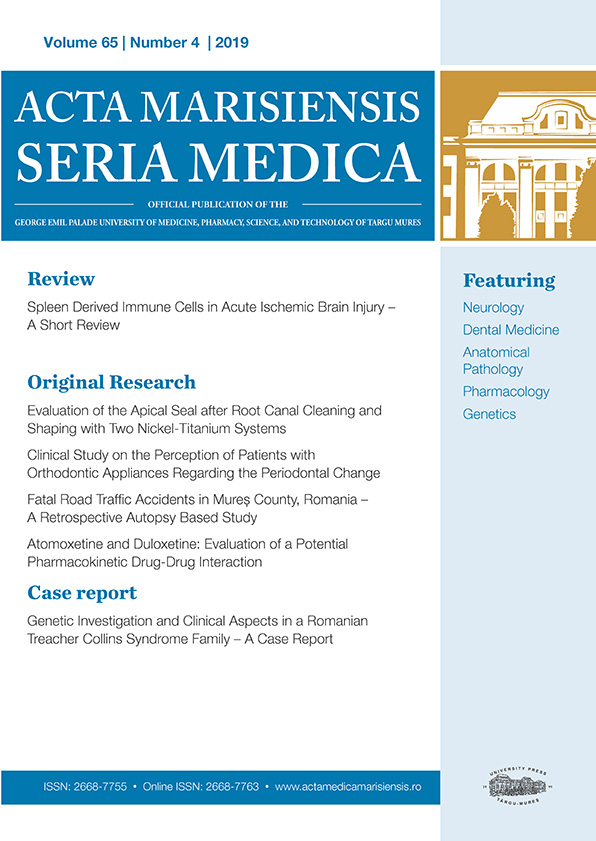Bipolar Affective Disorder - Clinical Manifestations and Treatment Approaches
Abstract
Introduction: Bipolar affective disorder is a chronic psychiatric illness characterized by alternating episodes of elevated and depressed mood. Its clinical presentation varies widely, requiring a nuanced diagnostic approach. Differentiating between type one and type two forms remains essential for appropriate treatment planning.
Presentation of Case Series: This case series describes three patients diagnosed with bipolar affective disorder, each presenting distinct clinical patterns. The first patient exhibited a classic manic episode with psychotic features, requiring inpatient stabilization and combination pharmacotherapy. The second case involved a depressive episode with a prior history of hypomania, consistent with bipolar type two. The third patient presented a mixed episode marked by agitation, emotional instability, and suicidal ideation. All cases included a family history of mood disorders, supporting genetic predisposition. Therapeutic interventions consisted of mood stabilizers, antipsychotics, and psychoeducation. Clinical evolution was favorable in patients with high adherence and social support.
Conclusions: Bipolar affective disorder presents with diverse and sometimes atypical symptoms. Early recognition and accurate subtype differentiation are crucial for effective management. Case-based observation highlights the importance of individualized treatment, psychosocial support, and long-term monitoring.
Copyright (c) 2025 Mariana Maria Sîrbu, Alina Bologan

This work is licensed under a Creative Commons Attribution 4.0 International License.









